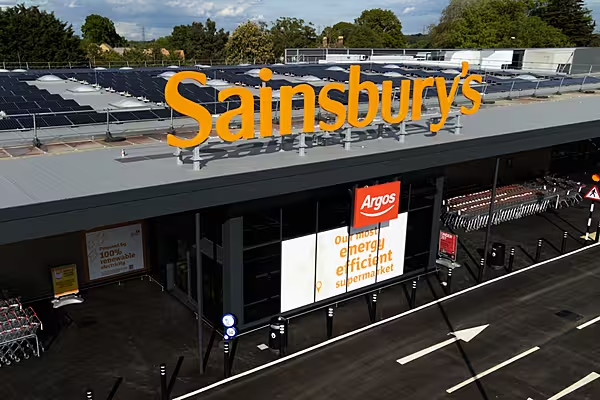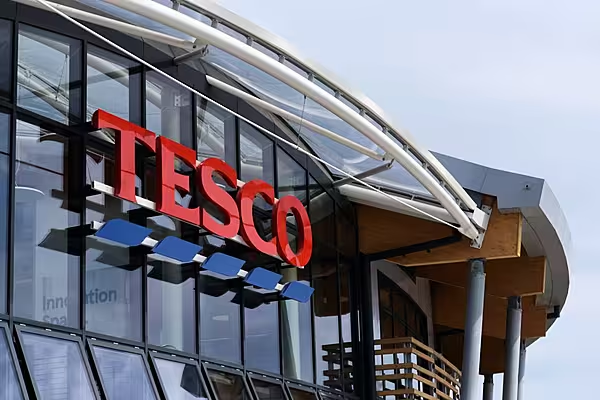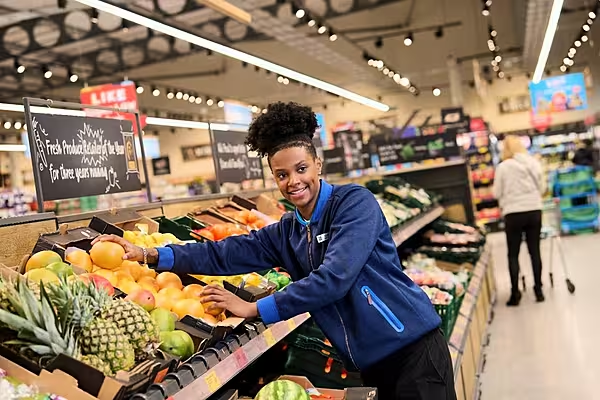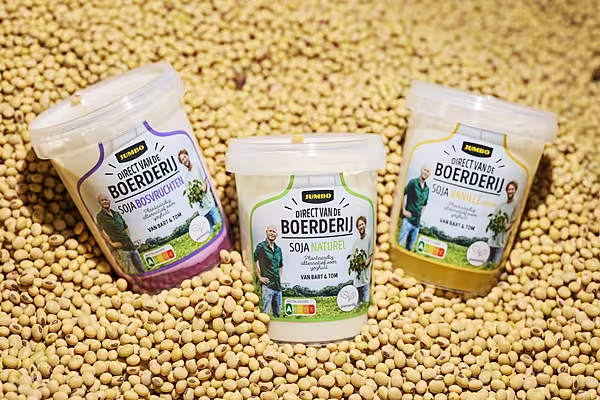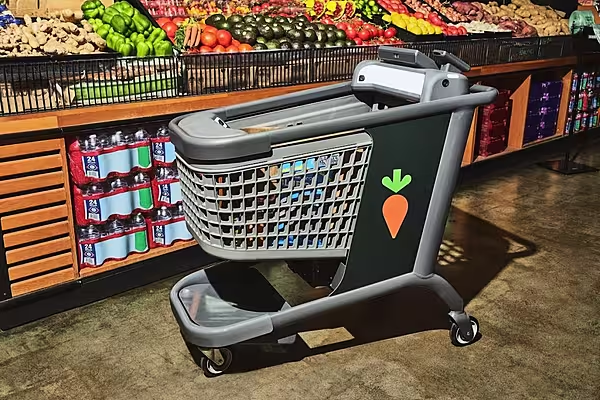UK grocer Sainsbury's has reported a 3.0% increase in like-for-like sales in the first quarter of its financial year, with grocery sales at the business rising 4.8%.
"We are laser focused on delivering the best combination of value and quality in the market and our customers are recognising that," commented Simon Roberts, the retailer's chief executive.
Here's how industry analysts from GlobalData, Bernstein, AJ Bell, Third Bridge and Shore Capital viewed its performance.
Eleanor Simpson-Gould, GlobalData
“Sainsbury's first-quarter performance has been undermined by its persistently underperforming non-food segment. While like-for-like sales did rise 2.6% for the 16 weeks ending 22 June 2024, this was driven by its grocery division. Within its food segment, sales rose 4.8%, against inflation averaging approximately 2%. This result highlights decent volume growth for the supermarket chain during the period and suggests a strong start to its new financial year for food & grocery.
“Sainsbury's has enhanced its competitive pricing strategy this quarter, expanding its price-matching initiative to include 650 products aligned with Aldi. Additionally, the grocer has incorporated 1,000 items into its ‘Low Everyday Prices’ proposition, reinforcing its commitment to providing customers with value. The emphasis on competitive pricing will be essential to preserve positive sales momentum in H1 and increase its appeal to consumers looking to trade up and away from discounters as their budgets feel less stretched.
"The grocer's private label range, ‘Taste the Difference’ (up 14%), was bolstered by 400 new summer products. These items emphasise innovative combinations of traditional picnic and barbecue favourites, featuring chilli cheese hot dog sausages and honey & feta filo straws. While focusing on price matching and innovation are common trends among UK grocers, Sainsbury's has invested in improving product availability via its migration to enhanced food forecasting, which will be completed this summer. The investment is essential for the grocer and will strengthen Sainsbury’s agility to ensure products are where they need to be at the right time."
William Woods, Bernstein
"Sainsbury’s reported Q1 24 trading this morning, missing consensus LFLs by -30bps. This is mostly driven by weak trading in general merchandise and clothing. Grocery remained resilient at +4.8% YoY growth, in line with consensus expectations, with continued volume growth, market share gains and net switching gains, consistent with Kantar data.
"Given the unfavourable weather in the UK, weak performance in clothing was expected especially as Sainsbury's focuses more on assortment and less promotion. Weak GM performance was driven mostly at Argos, which saw -7.7% decline in the quarter, due to a mix of tough comps (e.g. late start of Summer due to weather) and weak consumer electronic sales (on tough comps from last year). On guidance, it’s expected that FY24 guidance was maintained given it’s Q1, with £1.01 billion to £1.06 billion retail underlying EBIT and retail FCF >£500 million."
Russ Mould, AJ Bell
“Sainsbury’s has the same nagging feeling as the England football team – it eventually scores a goal but you know it could do a lot better. On the one hand, the food business is trucking along nicely and the grocer is winning market share. On the other hand, non-food items across clothing and general merchandise, including Argos, aren’t resonating with its customer base.
“Sainsbury’s has a food-first strategy so it might argue that as long as the core part of the business is doing fine, the rest will eventually catch up. However, the non-food operations have been letting the side down for a long time and causing unwelcome distractions for management when they could be doing even more to capitalise on the new-found strength in food.
“It’s beginning to have a lot of similarities to the Marks & Spencer of old, running a two-pronged business with one engine constantly spluttering. Marks & Spencer has finally fixed its engine problem and is now racing away, which might give some hope to Sainsbury’s situation.
“Analysts are optimistic about the non-food bit because the year-on-year comparative figures will soon be easier to beat, but that doesn’t get to the root of the problem, which is why consumers aren’t choosing Sainsbury’s for clothing and general merchandise in the way they used to.
“It’s clear that a lot more work is needed to reshape the proposition, otherwise one has to question if the non-food operations are worth bothering with at all.”
Orwa Mohamad, Third Bridge
“Volume growth is returning as inflation drops to normal levels. However, experts say growth will remain limited, and the cost-of-living crisis has lessened but hasn't disappeared.
“Sainsbury should watch wage inflation. Food prices are expected to stabilise, but competitors may invest more in pricing, adding further promotional pressure.
“Sainsbury's recent success is due to Nectar prices and Simon Roberts’ strategy of focusing on food. They have balanced quality and price well.
"Third Bridge experts are optimistic about Sainsbury's market share over the next year. Sainsbury will keep pushing Nectar prices and using data effectively. Asda will continue to struggle, and Morrisons hasn't made significant progress on their turnaround."
Clive Black, Shore Capital
"Sainsbury has issued its first progress update on FY25F and commendably, volume driven Grocery share gains continue, 4.8% Q1 sales growth, against very tough comparatives, noting the non-food anniversaries start to ease. With this good in-line update, we do not adjust our FY25F PBT estimate with no change to guidance; no consensus adjustment is expected.
"Sainsbury equity trades on EV/sales and EV/EBITDA ratios of 0.35x and 5.4x respectively, which is too low to us, a FCF yield of >8% is also attractive, as is the forecast 5.1% dividend yield (FY25F PER is 11.9x). There remains a lot to like about Sainsbury in an improved UK supermarket scene."
